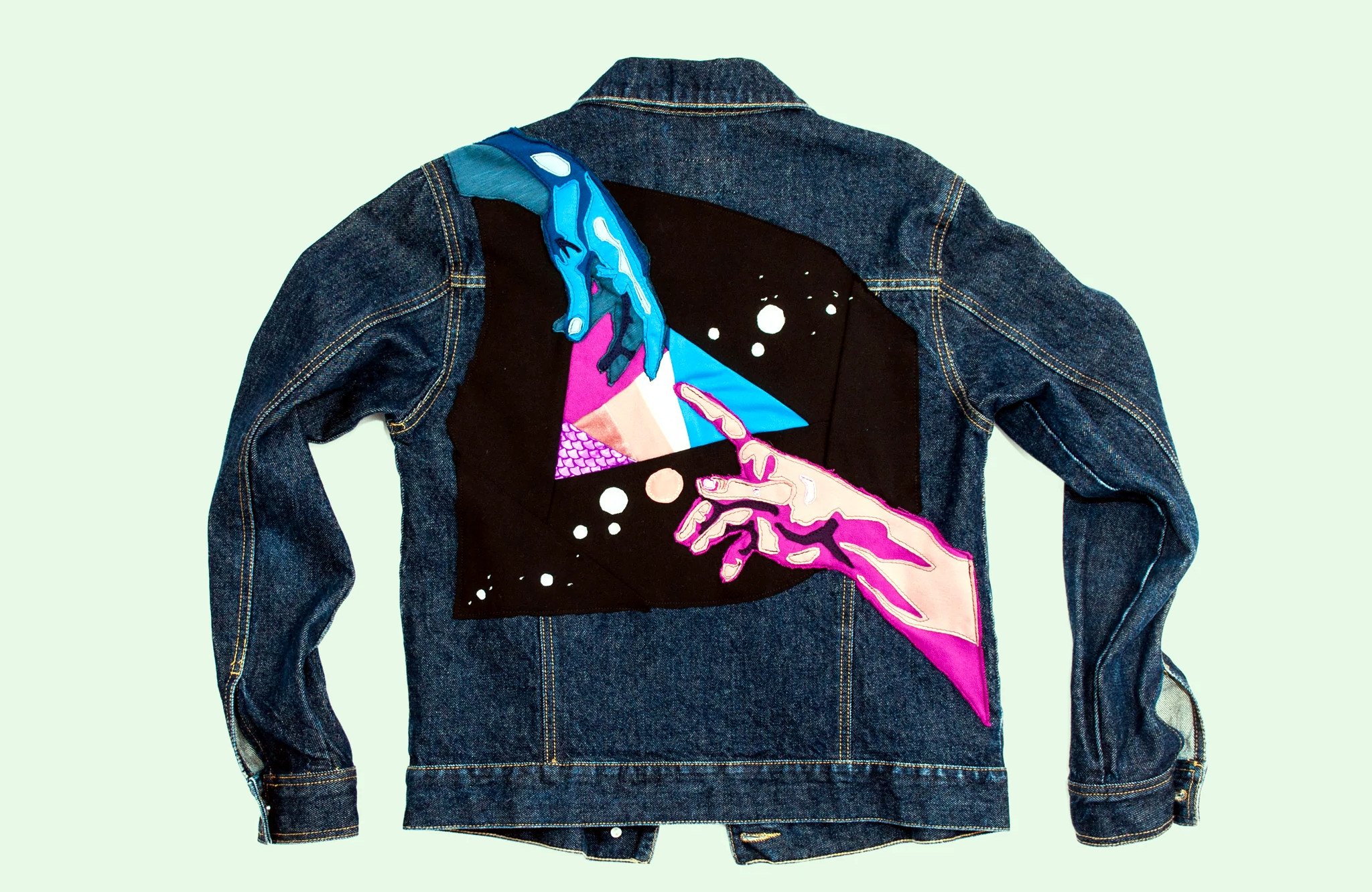
Despite real progress in recent years toward improving sustainable business practices, there is still one area the apparel industry hasn’t quite figured out yet — and it’s a big one.
As the detrimental impacts of fast fashion continue to be documented and quantified, manufacturers, retailers and fashion brands are responding by improving practices in areas such as sourcing and replenishing of raw materials, water usage, environmental pollution and human rights.
These advancements are often featured prominently in brand messaging campaigns and annual corporate social responsibility (CSR) reports as consumers, investors and regulators demand more accountability from companies to reduce environmental impacts and improve social responsibility in the manufacturing process. While some progress is being made and should be applauded if the efforts are truly sustainable and not “greenwashing,” these sustainability efforts have predominantly been focused on the front-end of the clothing manufacturing process and along the supply chain.
Unfortunately, much less attention is being paid to the complete lifecycle of these goods.
The apparel industry produces millions of tons of deadstock each year. Yet, the industry has no best practices in place to responsibly handle all of this surplus inventory. Deadstock is often fueled by over-purchasing, manufacturing specification errors, misprinting and decorating flaws. At the retail level, dead inventory piles up due to customer returns, damaged/soiled goods, broken size runs/one-offs, dated goods, failed designs, and even social-justice initiatives. Deadstock is a universal industry challenge without a current widescale solution.
Unlike in other industries, the resources and effort it takes to recycle clothing can be much greater compared to other consumer goods. To separate, treat and process clothing waste into new material and then reuse it to make new clothes can generate many of the same harmful effects found in the initial production process. In addition, recycling often results in lower quality and less valuable material. As a result, much of the sustainably produced merchandise that doesn’t sell still ends up in landfills or incinerators, which pollutes the environment. Estimates show that less than 15 percent of clothing in the US is currently recycled.
This points to the need for the industry to adopt upcycling as an additional approach to existing sustainable practices.
Deadstock got its name from the fact that the industry traditionally perceived the lifecycle of a piece of clothing as linear, with the end stage seeing the item discarded or destroyed as waste. Large-scale upcycling has the potential to create a more direct, less harmful and circular approach to creating new merchandise from unsold, surplus inventory and returning it to the marketplace. The more companies adopt upcycling as a greater part of their sustainability efforts, the less need there will be to engage in the harmful practices inherent in the up-front manufacturing process and along the supply chain.
Unlike recycling or reclaiming methods, upcycling uses virtually no energy and zero water, has very low environmental impact, and doesn’t diminish the quality or value of the merchandise. In fact, by using creative approaches to transform deadstock into new products, fashion brands can design unique merchandise from existing materials that have greater appeal to today’s eco-minded consumers and higher value than the original garments from which they were made.
Read the full article on Sustainable Brands
